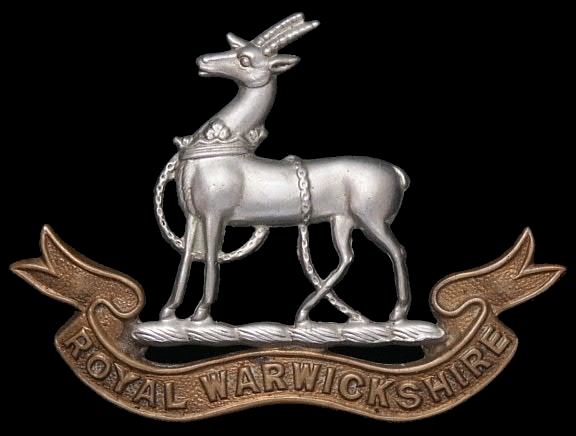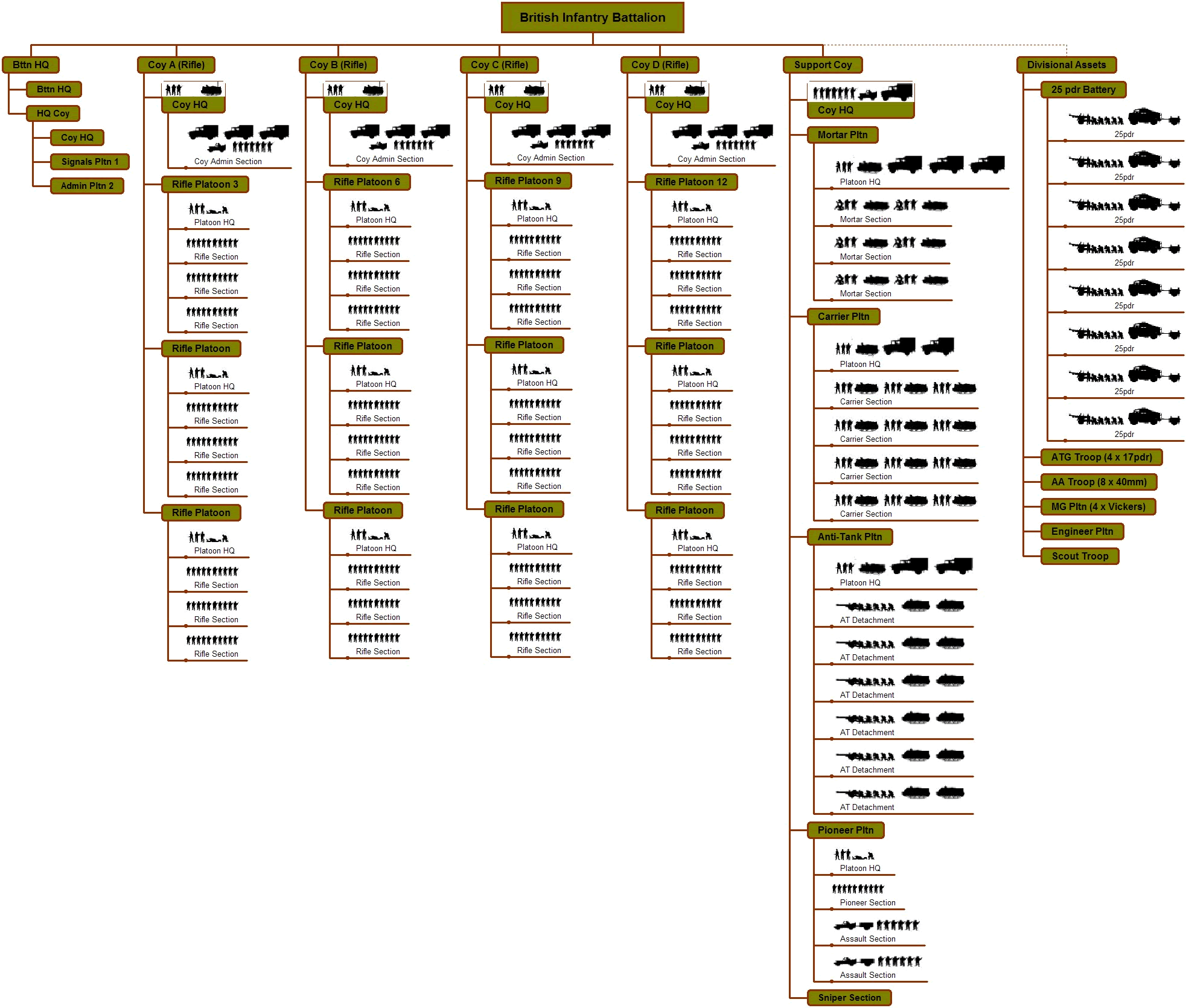TERMINOLOGY
Throughout this website we use terminology to describe soldiers, their officers and various other items of a military nature. The aim of this page is to explain at least some of those items. If you have a question about something you have read on this website which is not covered on this page or any other here then please feel free to contact us on the 'Contact Us' page which can be found on the 'Joining & Contact' drop down.
Private (aka Other Rank or OR, also written Pte):
Lowest rank in the British Battalion
Non Comissioned Offer (aka.NCO):
From Lance Corporal to Regimental Serjeant (pronounced 'Sargeant') Major. These men lead, in varying degree, a Battalion's infantry sections or aid officers in the running of a Battalion. Traditionally these men are considered veteran or certainly senior to many soldiers as their ranks would be attained by 'rising through the ranks'. Their ranks would be denoted for the most part with sets of downward facing arrowed stripes on the NCOs sleeve.
Officer:
A commissioned officer, starting at 2nd Lieutenant (pronounced 'Leftenant'), who oversees a platoon, through to Lieutenant- Colonel who oversees the Battalion. Officers are traditionally, correctly or not, seen as the upper class or privileged. Their ranks would be denoted with sets of icons worn on their epaulets, with different icons representing different ranks. For example a 2nd Lieutenant would have a single 'pip' on each shoulder.
Infantry Section (aka squad):
A Section of men generally means a group of roughly 10 soldiers, 8 privates, one Lance Corporal (wearing 1 rank stripe on their arm, also written as Lance Cpl), and one Corporal (wearing 2 stripes, also written as Cpl). In the section the lance Corporal would command the unit's machine gunner, and a loader, which would then support the rest of the section led by the Corporal.
Platoon (also written as Pltn):
A Platoon would usually consist of three infantry Sections and a HQ section (which consisted of roughly 6 men), about 36 men total. The Platoon would be led by either a Lieutenant (2 shoulder 'pips') or 2nd Lieutenant (1 shoulder 'pip') and a Serjeant (NCO with three stripes).
Infantry Company (aka Coy):
A Company would usually consist of three infantry Platoons and a Company HQ (which consisted of roughly 10 men). The Company would be led by a Captain (3 shoulder 'pips') or a Major (1 shoulder 'crown'') about 120 men.
Support Company (aka S Coy):
Each British infantry Battalion would include a
Support Coy, this would be made up of 3 Platoons, a
Mortar Platoon, a Anti Tank Platoon and a Carrier
Platoon. In this case the Platoon
sizes are roughly 20-25 men and all would
be carried in roughly 36 Bren Carriers (small
armoured tracked vehicles).
Infantry Battalion (also written as Btln):
An infantry Battalion would comprise of 4 infantry Companies (A, B, C & D Coys) and 1 Support Company (S Coy). Including support staff was roughly 845 men.

